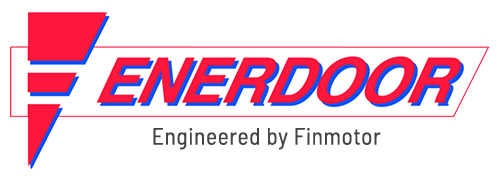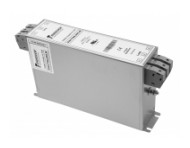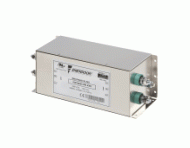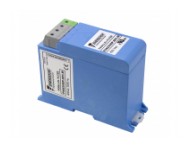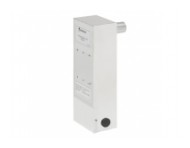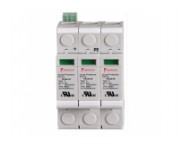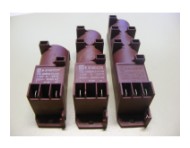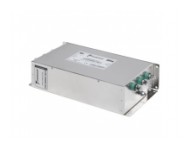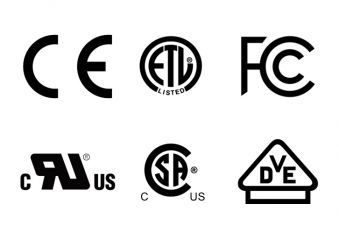RoHS
RoHS is the European Directive that deals with the presence of restricted substances in electronic materials.
The Restriction of Hazardous Substances Directive (RoHS) is the European Directive numbered 2002/95/EC that deals with the presence of restricted substances in electronic materials. There are six major substances restricted by RoHS, they are:
- Lead (Pb)
- Mercury (Hg)
- Cadmium (Cd)
- Hexavalent chromium Cr6+
- Polybrominated biphenyls (PBB)
- Polybrominated diphenyl ether (PBDE)
In March of 2015, an amendment was added to the RoHS directive, numbered 2015/863 which added four more restricted elements to the list, they are:
- Bis(2-ethylhexyl) phthalate (DEHP)
- Butyl benzyl phthalate (BBP)
- Dibutyl phthalate (DBP)
- Diisobutyl phthalate (DIBP)
The RoHS Directive does not explicitly forbid the presence of these substances, rather it restricts the concentration on each homogeneous material in the product to 0.1% (except cadmium, which is limited to 0.01%) or 100ppm (1000ppm for cadmium).
There have been two major revisions to the RoHS Directive, known as RoHS 2 and RoHS 3. RoHS 2, numbered 2001/65/EU, mainly provided clarification to parts of RoHS 1 that were unclear, and unified RoHS and CE so that by applying the CE mark to a product, the manufacturer says it is compliant with RoHS as well. RoHS 3, numbered 2015/863, added the four substances listed above and put in place requirements for proving RoHS compliance further than just a written statement.
